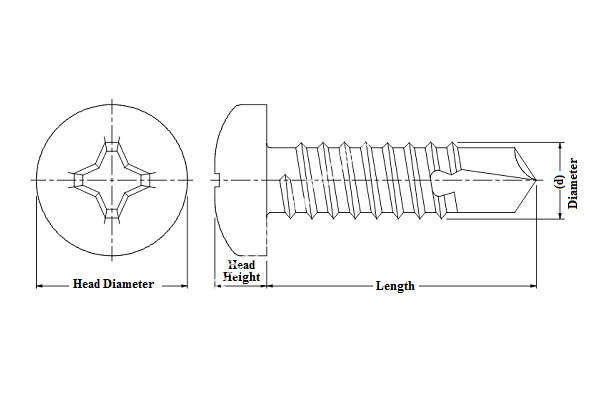Choosing Between Spring Washers and Flat Washers for Optimal Performance in Mechanical Applications
Understanding Spring Washers and Flat Washers When to Use Each in First Service Applications
In the world of mechanical engineering and assembly, washers play a critical role in ensuring the stability and functionality of various structures and machine components. Among the various types of washers available, spring washers and flat washers are two of the most commonly used. Each serves a distinct purpose, and understanding their applications is crucial, especially during the first service phase of machinery and equipment.
Flat Washers Basic but Essential
Flat washers are simple, flat discs made from materials such as metal or plastic, with a hole in the center that allows them to fit onto a bolt or screw. Their primary function is to distribute the load of a fastener, which can prevent damage to the surface being fastened and provides a more even load distribution. This is particularly advantageous in applications where the assembly components may be prone to deformation or wear, as the flat washer minimizes the risk of surface damage.
Flat washers are also used to fill gaps and spaces in an assembly. During the first service of machinery, ensuring that all components sit flush can be vital to maintaining operational efficiency. Additionally, they prevent the fastener from coming loose under vibration by offering a larger surface area for the fastener to grip.
Spring Washers Designed for Resilience
In contrast, spring washers, often known as split washers, are designed with a specific function in mind to provide a resilient and flexible support to fasteners. These washers are typically made from high carbon steel and are shaped like a helical spring, allowing them to exert a continual force against the fastener. This feature is particularly beneficial in applications where vibration and movement are prevalent, as spring washers help to maintain tension and prevent loosening over time.
spring washer or flat washer first service

When it comes to first service applications, spring washers are invaluable in environments with dynamic loads. They effectively mitigate the risks associated with loosening caused by the cyclic loading and unloading of machinery. By maintaining constant pressure against the fastener, spring washers ensure that connections remain secure, reducing the need for frequent maintenance checks.
Choosing Between Spring and Flat Washers
The decision to use either a flat washer or a spring washer largely depends on the application requirements and specific operating conditions. For instance, if a project primarily requires load distribution and surface protection, a flat washer would be the ideal choice. Conversely, in applications where vibration and fluctuating forces are a concern, spring washers excel at maintaining fastener integrity through their design.
Moreover, many engineering protocols stipulate that first service checks include an evaluation of the assembled components to determine whether the chosen washer type is performing adequately. This involves inspecting for any signs of wear, loosening, or failure, which can signal the need for a switch in washer types or additional tightening measures.
Conclusion
In summary, both spring washers and flat washers have essential roles in the realm of mechanical assembly, especially during the critical first service phase. Their unique properties cater to different needs, from load distribution to securing fasteners against vibration. Understanding the distinct functions of each type of washer is paramount for engineers, designers, and technicians to ensure the longevity and reliability of their assemblies. Choosing the right washer not only enhances the durability of the connection but also safeguards the overall performance of mechanical systems.
-
Top Choices for Plasterboard FixingNewsDec.26,2024
-
The Versatility of Specialty WashersNewsDec.26,2024
-
Secure Your ProjectsNewsDec.26,2024
-
Essential Screws for Chipboard Flooring ProjectsNewsDec.26,2024
-
Choosing the Right Drywall ScrewsNewsDec.26,2024
-
Black Phosphate Screws for Superior PerformanceNewsDec.26,2024
-
The Versatile Choice of Nylon Flat Washers for Your NeedsNewsDec.18,2024










